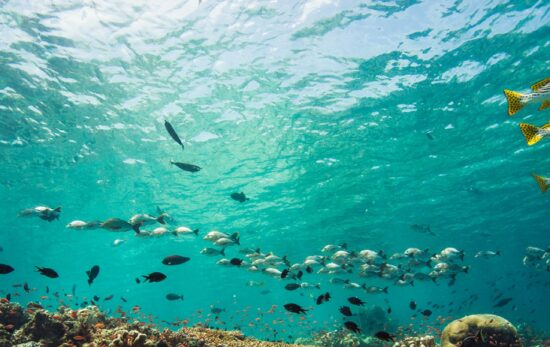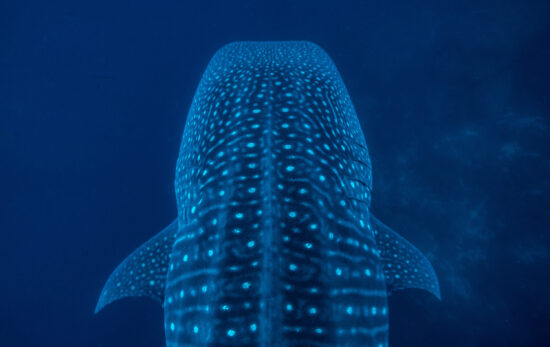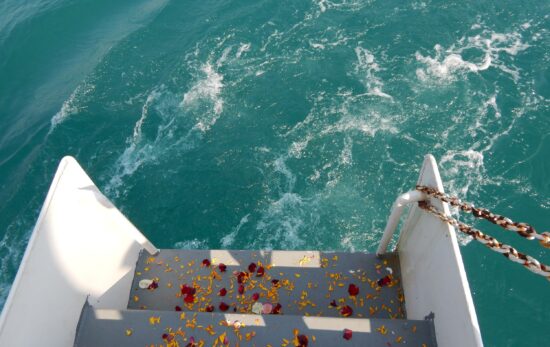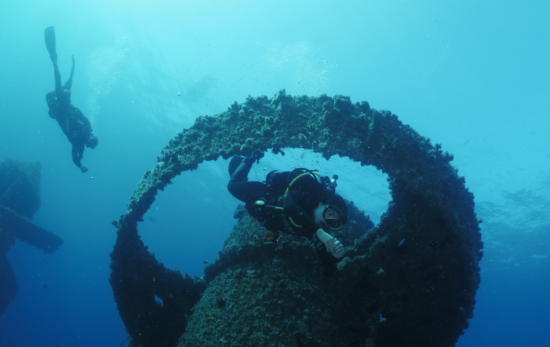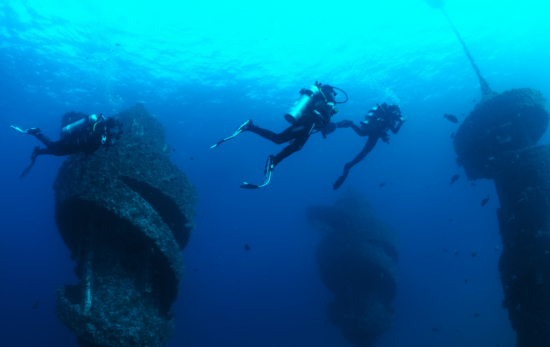As PADI AmbassaDivers, we have had the privilege to dive offshore oil and gas rigs around the world – from a retired platform that’s been incorporated into a National Marine Sanctuary in the Gulf of Mexico to a platform that has been repurposed as an eco-resort in Malaysia – the reef ecosystems that thrive beneath the surface of these industrial giants provide not only some of the most incredible diving in the world, but also unique opportunities for conservation.
In fact, we’ve found that some of the Earth’s greatest opportunities for conservation lie at the intersection of industry and the environment – like rigs as reefs. Given the human demand for ocean resources, we aim to broaden the dialogue on traditional ocean conservation practices to find ways to use our oceans without using them up!
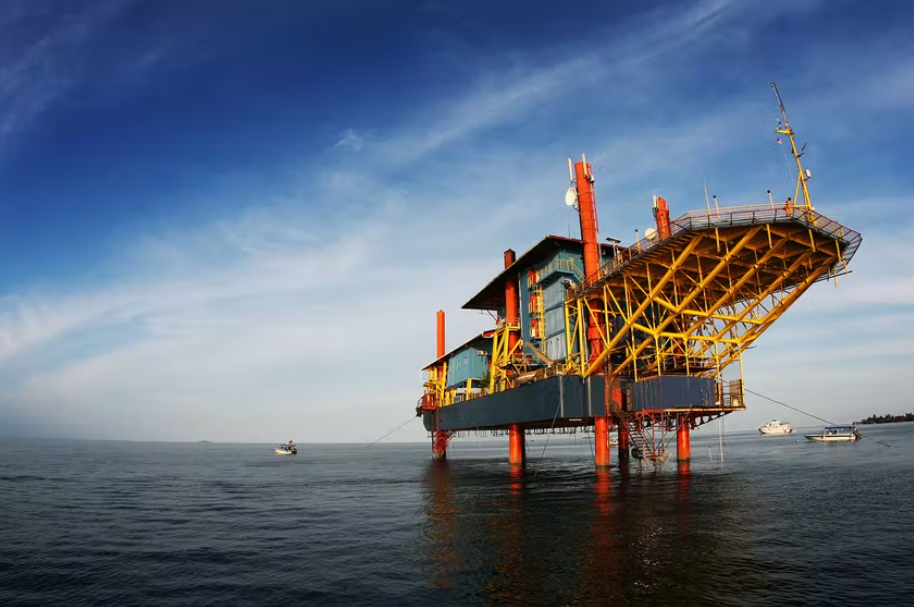
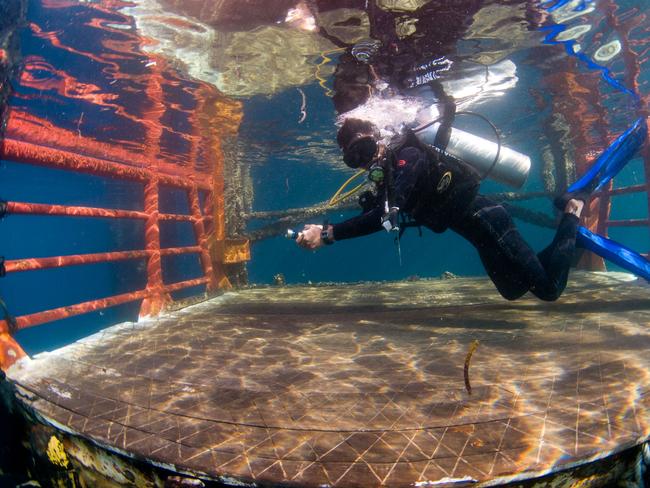
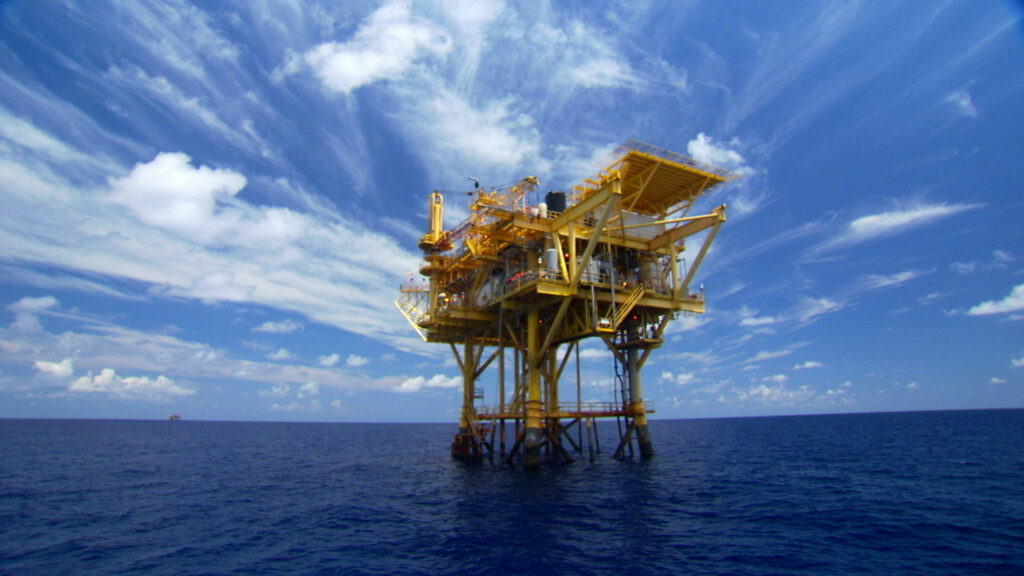
Oil Rigs as Reefs
Globally, our reef ecosystems and the fisheries they support are in danger. Up to half of our coral reefs are already lost. And the decline continues with alarming speed. It’s happening at twice the pace of rainforest decline. But other habitats may help offer fisheries stability, such as the artificial reefs that have been thriving quietly below the surface on oil and gas platforms – contributing important habitat for fisheries in areas like the Gulf of Mexico.
There is a deeply intertwined relationship between offshore oil rigs and fisheries communities in the Gulf. If you’ve ever been to Grand Isle in Louisiana or similar communities, you can see how much oil and gas and seafood coexist, and what an important resource platforms are for gulf coast fisheries. However, as we begin to shift away from petroleum based energy and offshore oil platforms are removed, the question becomes how will this loss of habitat impact Gulf coast fisheries? Since these rigs are now acting as reefs.
Blue Latitudes Foundation & FishLAT
In line with our mission at Blue Latitudes Foundation, we are proud to share that we’ve been funded by the National Science Foundation through their Convergence Accelerator to expand our reach and develop a first of its kind tool called FishLAT.
FishLAT (fisheries location assessment technology) is a web-based, interactive platform that builds consensus between fisheries and energy sectors.
FishLAT is important because it provides location-specific fisheries information to the decision makers who need it. Our platform will ensure that our end-users have access to the best available science and data to help them make decisions regarding platform reefing or removal, and in the future, decisions of wind energy development, siting and installation.
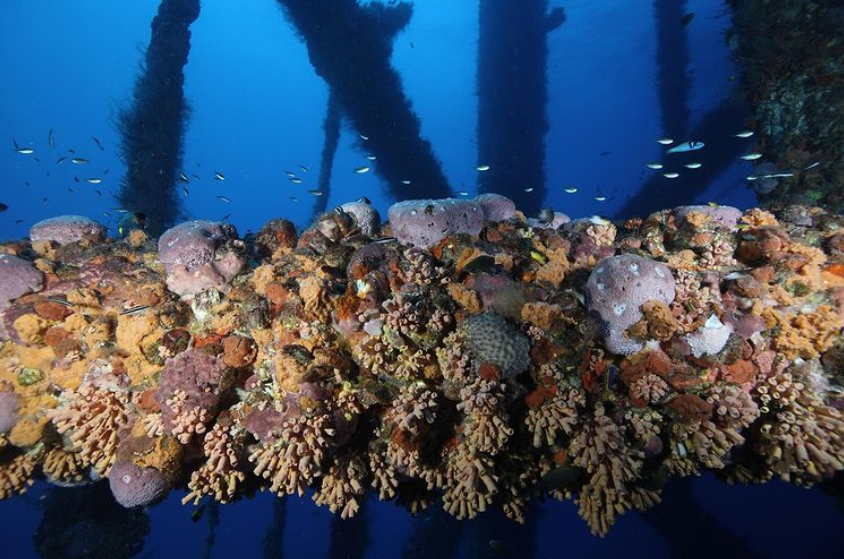
Gathering Important Data Through FishLAT
Now is a critical moment, in which fisheries are on the brink of significant change in the Gulf, and if we move quickly – we can get the best information in the hands of decision makers. FishLAT will aid us in making predictions regarding how the removal, addition, or conversion of an individual oil and gas platform habitat could impact ecological fish communities and connectivity, as well as the fisheries relying on these resources.
One innovative feature is providing multi-sector fishing activity estimates at platforms in near real-time, using satellite data and machine learning through FishLAT’s hosting platform, Global Fishing Watch. These time series data will also be used to predictively model responses in fishing activity to changes in platform habitats.
This combination of ecological and economic inputs will help decision makers in gauging the values of offshore platforms to fisheries and in assessing various management scenarios through spatial planning.
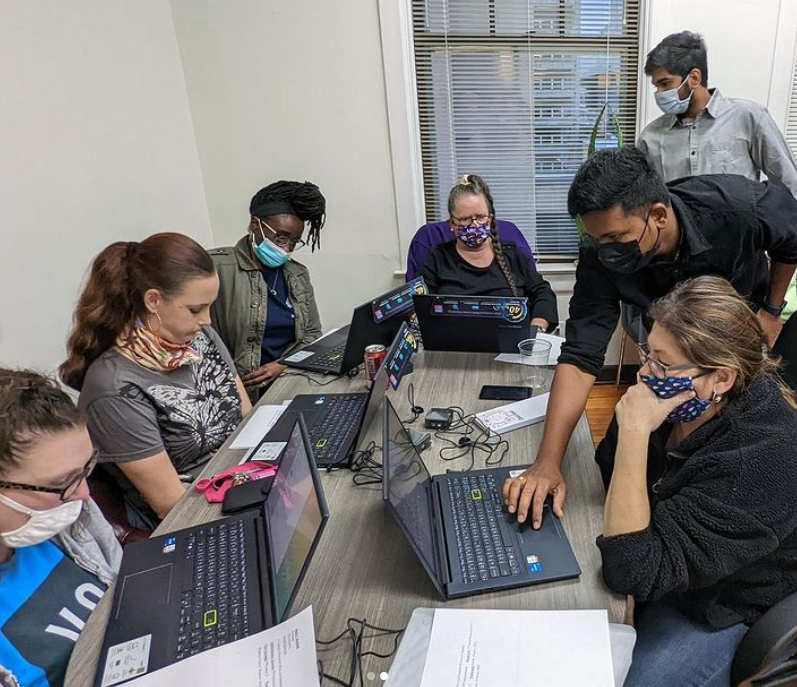
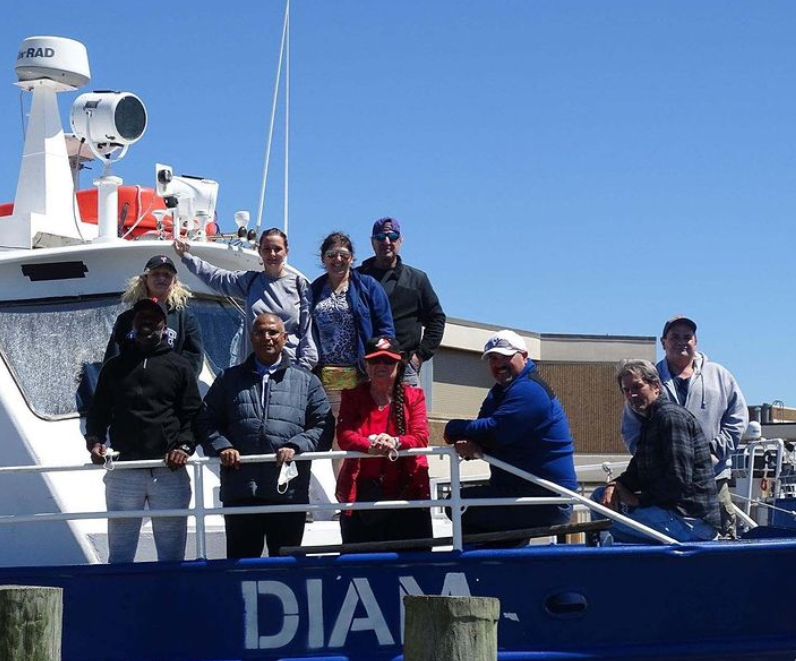
Working Together to Conserve our Ocean
The broader impacts of our project shifts our focus from fish to people. Specifically, those formerly incarcerated citizens who have re-entered a technology-centered society without the skills to integrate.
Our project requires the visual review of many hours of underwater ROV video to document the presence of important fishes beneath the platforms. This task does not require oceanographic expertise, just basic computer skills. So, we’re teaching formerly incarcerated citizens how to use computers to help us process data. They’ll gain valuable life skills, work experience, and a laptop.
The reality is, we need our oceans to meet our energy needs, and we will continue to use our oceans to support the increasing energy demands of modern society. If we can move beyond “us versus them”, fishermen vs. wind farms, or environmentalists vs. oil and gas, we can work together to conserve our oceans.
To protect our oceans for future generations, we must pursue new opportunities for creative ocean management by bringing together groups with different viewpoints so that we can work together towards a better outcome. By bringing FishLAT to market, we will ensure that the best available science and data are used to make decisions about the future of offshore energy.
Learn more about our project here and follow @FishLat_ on Instagram for the latest project updates!
Keep Reading – Ocean Science & Technology
This article was written by Blue Latitudes Foundation co-founders Amber Sparks and Emily Hazelwood.
